We reached out to our fellow bloggers and wildlife photographers to share a memorable wildlife photo they captured without having to use baiting techniques.
This post contains affiliate links for which Expedition Wildlife may receive a commission (where applicable) at no additional cost to you.
“Baiting” means using methods to lure animals to a certain location. While this doesn’t always include feeding, this is most often the case.
Conserving wildlife and promoting positive human-wildlife interactions to get a beautiful wildlife photo requires mutual respect with the animals we seek to photograph. This includes not feeding them.
These images show that it’s possible to get an awesome wildlife photo without baiting.
How to Get an Amazing Wildlife Photo
To increase your chances of sightings and getting a better image, you can:
- Better understand wildlife behavior. Learning about the animal you hope to photograph will help immensely, as you’ll know when, where, and how you can best see them.
- Have patience. Wild animals are just that: wild. We can’t, and shouldn’t, control animal behavior, but we can anticipate it.
- Hire a great, ethical guide. This will give you the leg-up to being where you need to be at the perfect time to get the images you desire. A guide may be necessary or required depending on the destination.
The reward of spotting an animal, and getting an awesome image of them, is more fulfilling when done naturally.
READ NEXT | Tips to Photographing Wildlife for Wildlife Photographers
Weddell Seal in Neko Harbour, Antarctica
Contributed by Bella, Passport & Pixels
#NotABaitedShot: Weddel Seal in Neko Harbour, Antarctia by Passport & Pixels
This image was taken from a zodiac – a small rigid-hulled inflatable boat that can seat 10 people plus the driver – in Neko Harbour, Antarctica. When cruising the harbour, our driver spotted this Weddell Seal sleeping on an ice floe. We got quite close to the floe and the driver shut off the engine so we could quietly watch and take photos. At one point, the seal did a little wriggle and had a scratch, at which point I took this image. I used my Canon 5D Mark IV with 70-200 mm lens and 2x extender, allowing a crisp shot without getting too close.
Proboscis Monkey in Kinabatangan River, Borneo
Contributed by Karen, WanderlustingK
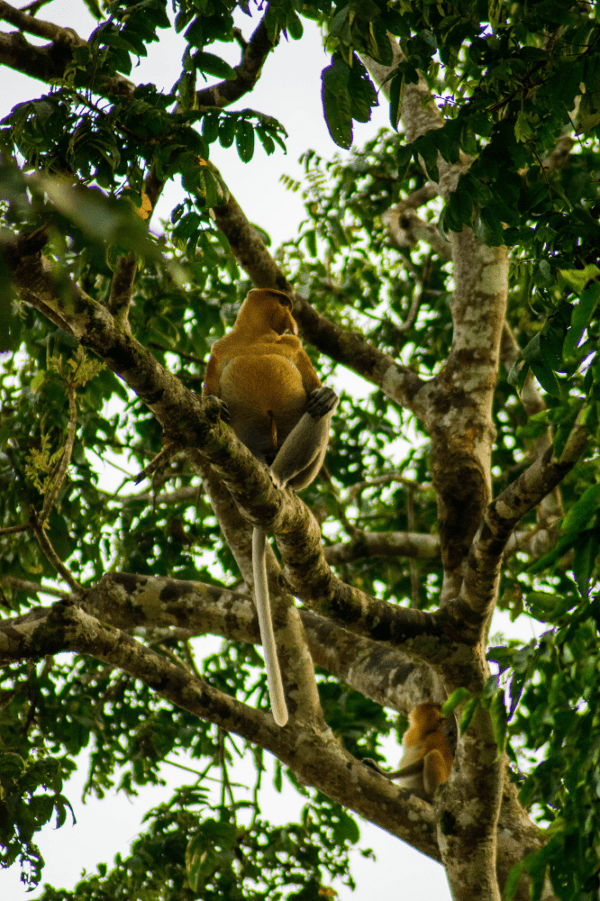
#NotABaitedShot: Proboscis Monkey in Kinabatangan River, Borneo by WanderlustingK
In the forest of Borneo, you’ll be able to see the endangered Proboscis Monkey that lives in the mangrove forests and coastal areas of Borneo. While visiting the Kinabatangan River area of Borneo, we spotted many of these wild monkeys while river cruising. The males are the most distinctive, but if you spot a male, you’re likely to spot at least a few females and babies sleeping in the trees. You’ll need a good zoom lens to get a photo as they’re typically high up in the trees. The proboscis monkey can be found in national parks throughout Kalimantan, Sarawak, Sabah, and Brunei if you’re lucky!
Galapagos Tortoise in the Galapagos, Ecuador
Contributed by Alex, Alex On The Map
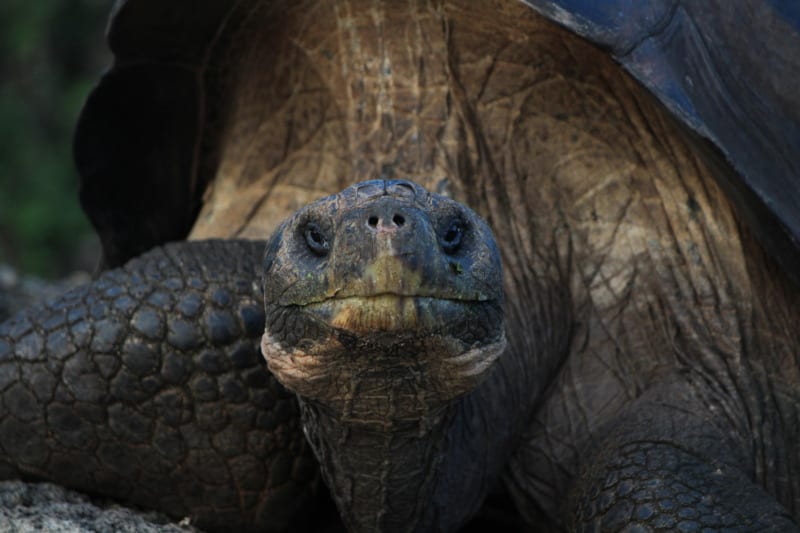
#NotABaitedShot: Galapagos Tortoise in the Galapagos, Ecuador by Alex on the Map
This was one of the largest Galapagos Tortoises my husband and I saw while visiting the Galapagos. The Galapagos is truly a magical destination, and I never imagined I would see one in my lifetime. I invested in a Canon EF 70-300 mm automatic lens for close-up telephoto wildlife photos. I used it so many times in the Galapagos that it was worth getting for that trip alone. As someone who believes strongly in ethical travel, this was exactly what I needed in order to get the shot without having to worry about disturbing wildlife.
Bengal Tiger in Bandhavgarh Tiger Reserve, India
Contributed by Camilla, Tigers in the Wild
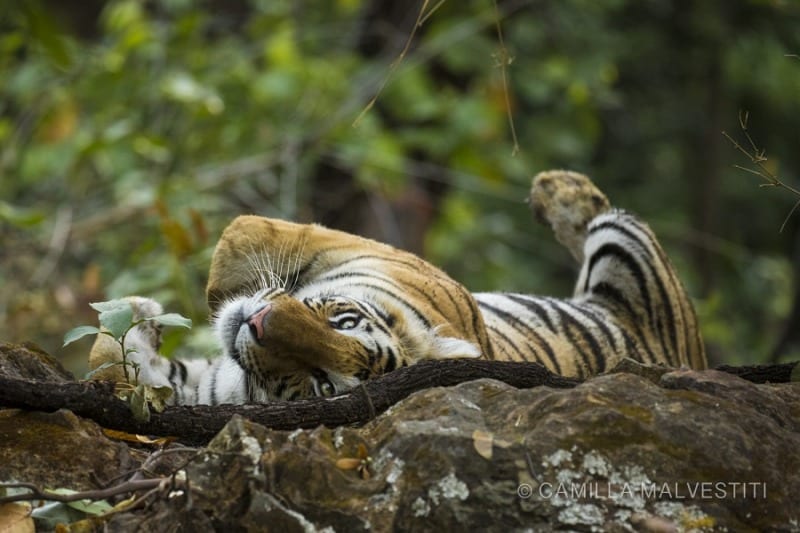
#NotABaitedShot: Bengal Tiger in Bandhavgarh Tiger Reserve, India by Tigers in the Wild
This photo was taken in early June in Bandhavgarh Tiger Reserve, central India. The scorching summer was coming to an end, and the monsoon looming. That day, we tracked a young tigress. Bold and beautiful, she was the daughter of the dominant lady of that particular area. All of a sudden, there she was, resting in the shade upon a rock, finding solace from the heat. Waiting in silence, we prepared our cameras. For a cat is a cat, and we knew it would only be a matter of time before she rolled on her back and curiously looked at us.
Why is Baiting Wildlife Bad?
There are a number of reasons why we should avoid baiting wildlife, and why it’s not worth it for a photograph.
- Wildlife can become dependent on people. This dependence inhibits animals from performing the functions they need to know to survive.
- Baiting leads to increased human-wildlife interactions. So-called nuisance wildlife is often euthanized rather than relocated. They are also more susceptible to poaching and the illegal wildlife trade.
- Baited food is often not nutritious. Animals require a specific diet to survive harsh winters, care for young, and complete arduous migrations. Empty calories won’t cut it.
- Wildlife carry diseases they can pass on to humans. And humans may pass pathogens into animal populations, if they aren’t careful.
Manta Rays in Komodo National Park, Indonesia
Contributed by Luke, The Coastal Campaign
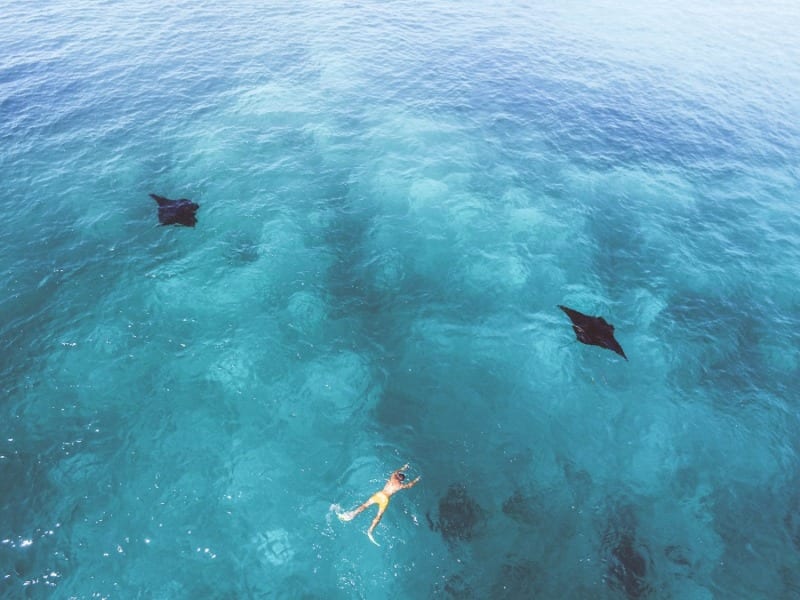
#NotABaitedShot: Manta Rays in Komodo National Park, Indonesia by The Coastal Campaign
In Komodo National Park in Flores, Indonesia, we spotted these manta rays swimming in crystal clear blue water. We visited the natural feeding grounds of these manta rays as part of an overnight boat trip. I took this picture of my friend swimming, with mantas eating in the distance, while flying my Mavic 2 Pro drone from the deck of our wooden boat.
Cheetah Hunt in Serengeti National Park, Tanzania
Contributed by Nathan, Expedition Wildlife
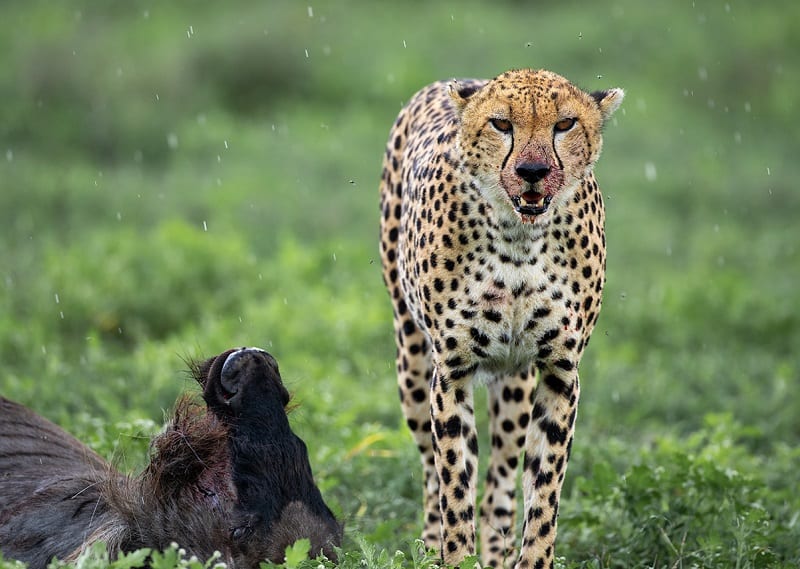
#NotABaitedShot: Cheetah Hunt in Serengeti National Park, Tanzania by Expedition Wildlife
On our visit to Serengeti National Park, Tanzania, we had the unforgettable opportunity to see cheetahs hunting for food. In this wildlife photo, two cheetah brothers named Milk and Coffee have taken down a young wildebeest after searching for food through the scorching heat of the day. Just after the take-down, the rain began to fall, and the brothers relaxed with their kill before eating. Lots of patience led to this moment. The footage we got from the experience was once-in-a-lifetime.
Caucasian Agama Lizard on the border of Georgia and Azerbaijan
Contributed by Coni, Experiencing the Globe
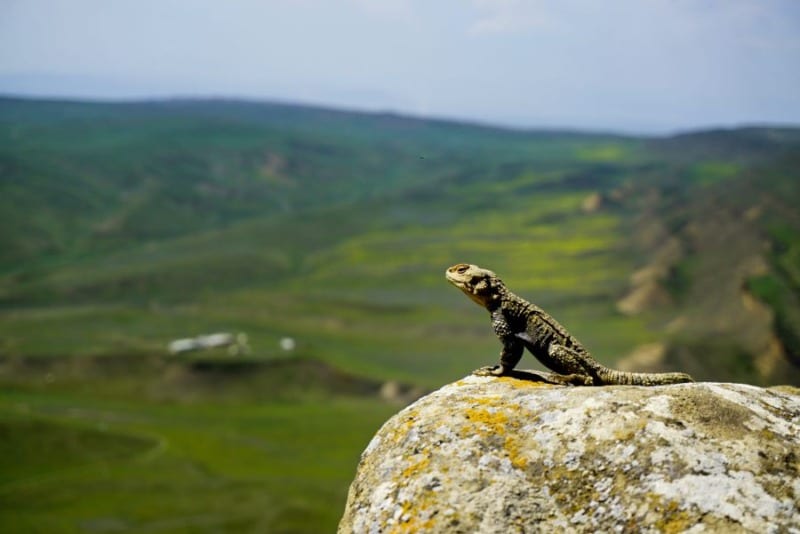
#NotABaitedShot: Caucasian Agama Lizard on the border of Georgia and Azerbaijan by Experiencing the Globe
Sitting in the mountain range that divides Georgia and Azerbaijan, this lizard ponders which country he prefers. It was a lovely sight after hiking up to the border. The bright green of the surrounding slopes paled in comparison to the colors of my new friend. Who says there’s no beauty in reptiles? I approached him slowly, he looked at me and turned his head back to the sun. With this attitude the lizard showed me that these are truly unexplored regions, since human sightings are not something the wildlife cared about either way. Let’s hope it remains that way!
Gentoo Penguin in Antarctica
Contributed by Halef, The Round the World Guys
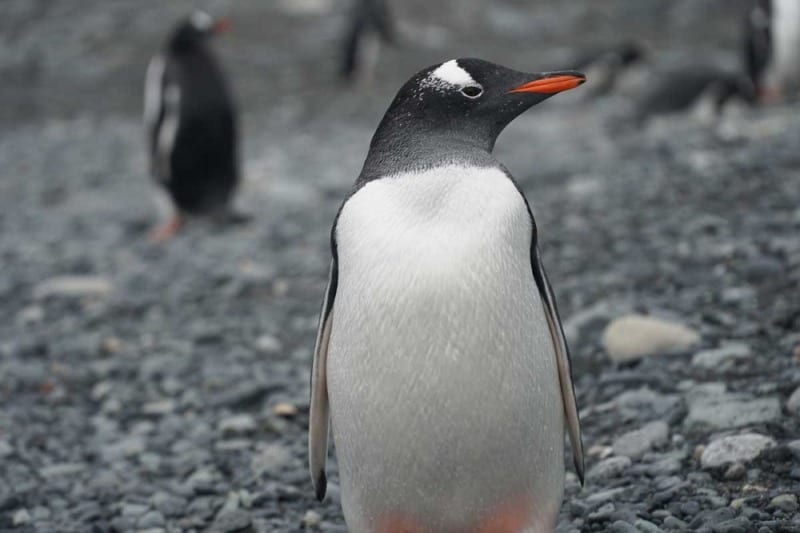
#NotABaitedShot: Gentoo Penguin in Antarctica by The Round the World Guys
One of the most captivating wildlife you’ll ever see is colonies of penguins. There are about 20 species of penguins in the world, and you can find seven of them in Antarctica, including the Gentoo penguin. Gentoo Penguins are one of the least common penguins you’ll find in Antarctica. Colonies of these flightless birds and their babies are found on high island hills. Here, the snow does not accumulate during the late spring or summer, the perfect rocky nests for Gentoos. So, dress warmly for Antarctica, sit on a rocky beach near the colony, and wait for a Gentoo. It’ll be the highlight of your trip to the continent!
What are the Consequences of Baiting for a Wildlife Photo?
If you’re taking a baited wildlife photo in hopes of submitting it for recognition, it will likely be rejected.
Most agencies and organizations accept only unbaited wildlife shots, as unbaited photos are more likely ethically taken.
In addition, in many places in the world, it is illegal to feed wildlife for all the reasons we’ve mentioned. Doing so can earn you a hefty fine, and in some cases, jail time.
READ NEXT | How to Watch Wildlife Ethically
Zebra Herd in Etosha National Park, Namibia
Contributed by Erika, Erika’s Travels
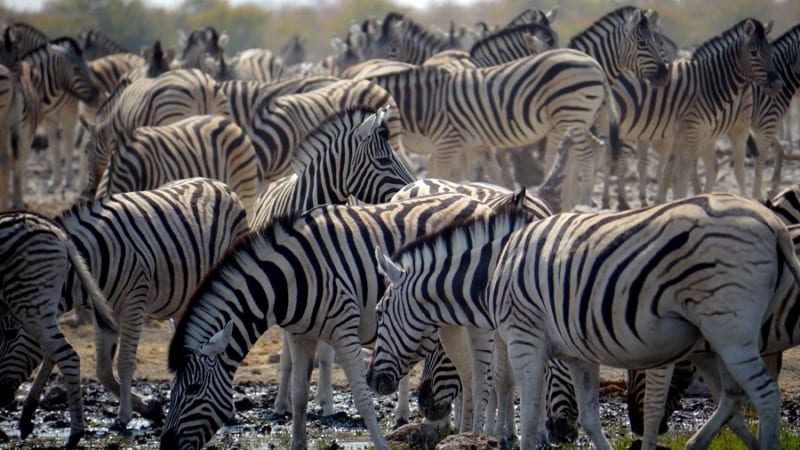
#NotABaitedShot: Zebra Herd in Etosha National Park, Namibia by Erika’s Travels
I captured this wildlife photo while on a self-drive safari at Etosha National Park in Namibia. During Etosha’s dry season, limited access to drinking water draws large animal herds to the park’s watering holes. Just moments before snapping this photo, I spotted a group of zebras walking through a thicket. I followed the animals down a dusty gravel road, to the Rietfontein water hole. There, I happened upon a group of more than two hundred zebras crowded around a pool of water. Another hundred or so waited in line for the opportunity to drink. It was one of the most incredible sights I’ve ever witnessed.
California Condor in Pinnacles National Park, California, USA
Contributed by Kelsey, Sights Better Seen
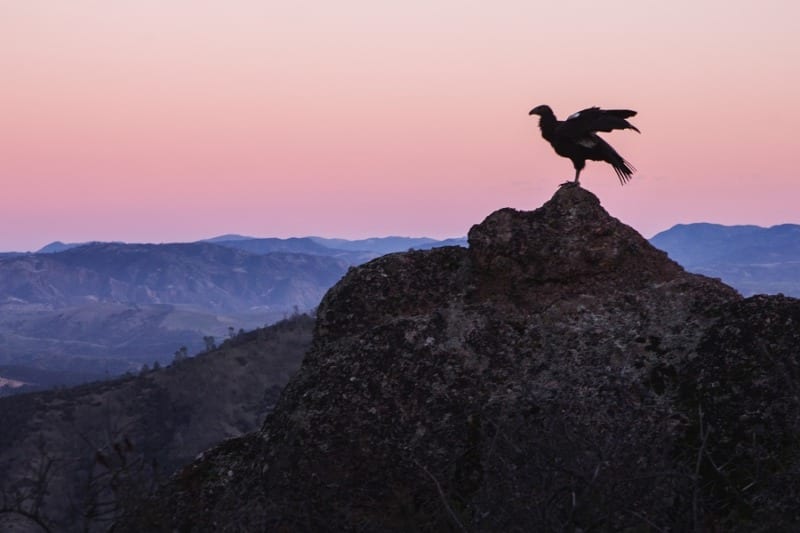
#NotABaitedShot: California Condor in Pinnacles National Park, California, USA by Sights Better Seen
I knew California Condors were often spotted in Pinnacles National Park in California, but I wasn’t banking on seeing one. However, I was lucky and saw several flying overhead during the day while on the High Peaks Trail! I didn’t manage to get a great photo of them in flight, but was just happy to have witnessed their majesty. I began the hike back down to the car and couldn’t believe it when this one landed on a nearby rock. It continued to pose for about 10 minutes while I snapped photo after photo!
Patagonian Culpeo Fox, Torres Del Paine National Park, Chile
Contributed by Heather, Trimm Travels
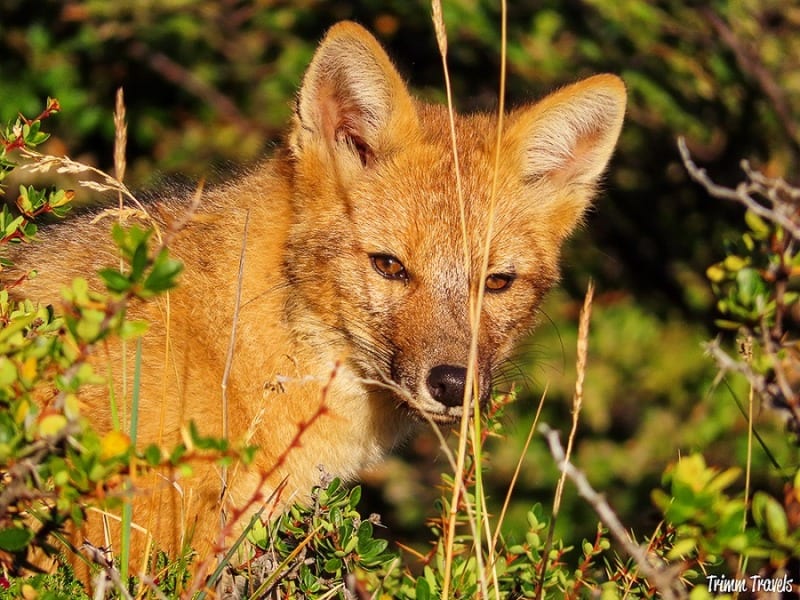
#NotABaitedShot: Patagonian Culpeo Fox, Torres Del Paine National Park, Patagonia by Trimm Travels
This beautiful Patagonian Culpeo Fox sauntered out of his hiding spot right outside our hotel in Torres del Paine National Park, Chile. About five of us were standing on the back deck outside the lobby one morning after breakfast. Imagine our surprise as we heard a slight rustle in the bushes and this gorgeous Patagonian animal appeared. We tried to move as little as possible as we hurriedly got out our phones and cameras. Thankfully, my camera stays ready on its crossbody strap and I had the opportunity to get several photos. When the fox turned to look at us, I was able to grab this fantastic shot right before he turned his gaze back out towards the lake. He did not care that he had adoring fans!
Sea Turtle in Daymaniyat Islands Nature Reserve, Oman
Contributed by Teja, Teja on the Horizon
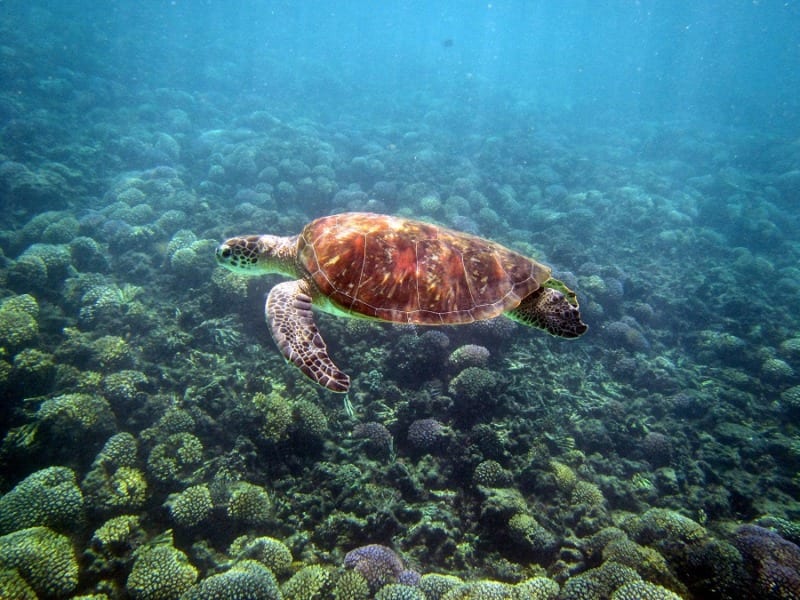
#NotABaitedShot: Sea Turtle in Daymaniyat Islands Nature Reserve, Oman by Teja on the Horizon
I took this photo in Daymaniyat Islands Nature Reserve in Oman. The turtles were unfazed by my presence. To get this shot, I swam slowly, moving with as little agitation as possible, and let the turtles approach on their own. This is a textbook example for how wildlife encounters should be.
Short-eared Owl in Orkeney Island, Scotland
Contributed by Suzanne, Meandering Wild
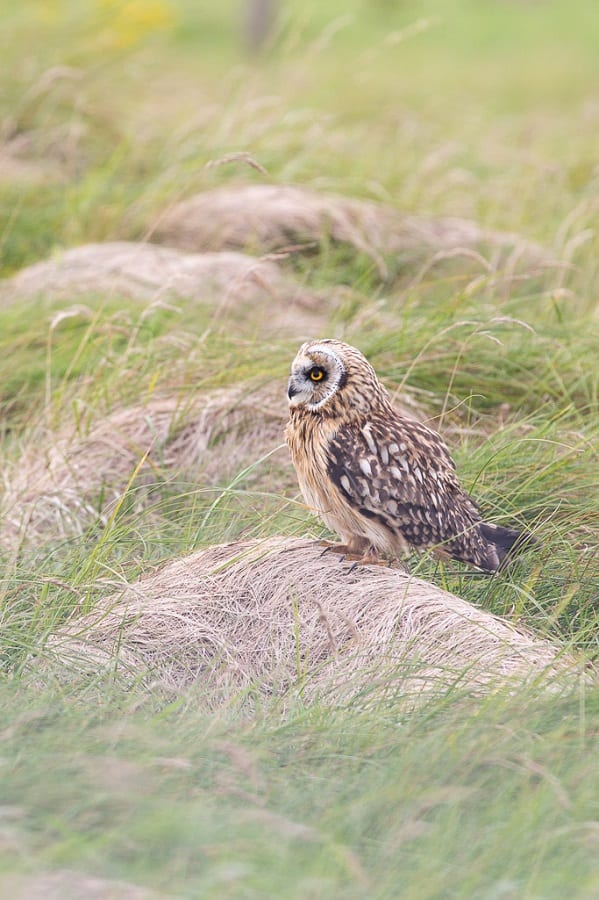
#NotABaitedShot: Short-eared Owl in Orkeney Island, Scotland by Meandering Wild
I spotted this short-eared owl on the Orkney Island of Sanday in the far north of Scotland. They hunt for small mammals in roadside verges and can be seen sitting on fence posts. This short-eared owl was being mobbed by swallows and had it not been for this, I would not have seen it. Using my car as a mobile hide, I slowed and placed my camera out of the window, gradually edging forward until I was a workable distance from the owl. He watched me for a while before moving off.
An Ethical, Unbaited Wildlife Photo is the Best Photo
Many animals are being dealt a bad hand with loss of habitat, poaching, loss of natural food sources, and other critical conservation issues.
While we understand the concern we all have for wildlife, the best thing we can do is contribute to conservation organizations and participate in activities that enhance wildlife conservation and preservation efforts.
Helping wildlife thrive for the long-term is the best way to protect them.
To our fellow wildlife photographers – remember that you don’t need to bait wildlife to get a great shot.
In your future photography pursuits, select guides that encourage ethical practices by not feeding wildlife. Seriously reconsider giving your money to any business or organization that condones these activities. And, speak out if you see fellow photographers feeding animals in an attempt to get a picture.
If you’ve taken an unbaited wildlife photo that you love, share it on social media with the hashtag #NotABaitedShot.
We’re proud of you. Keep up the great work!
Happy photographing,
Christa and Nathan
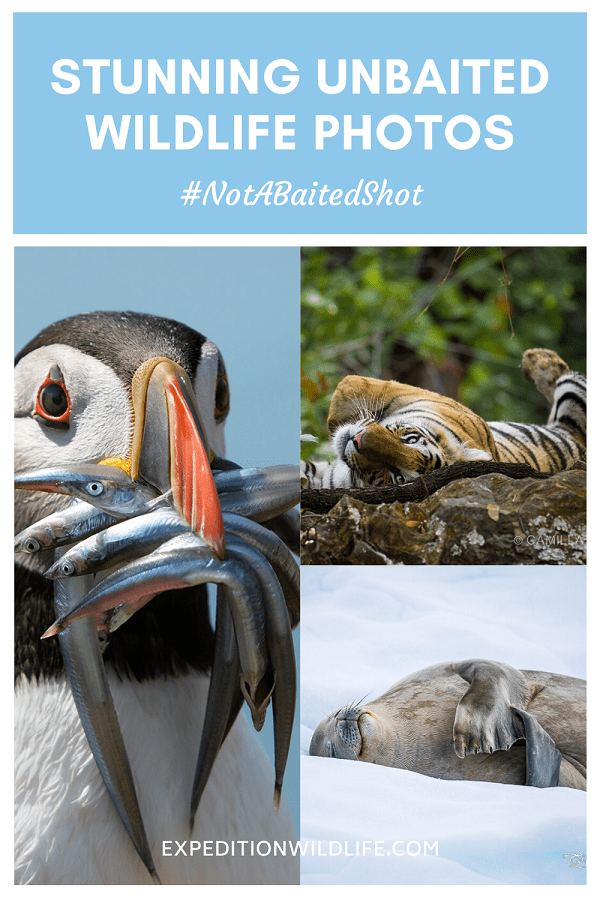

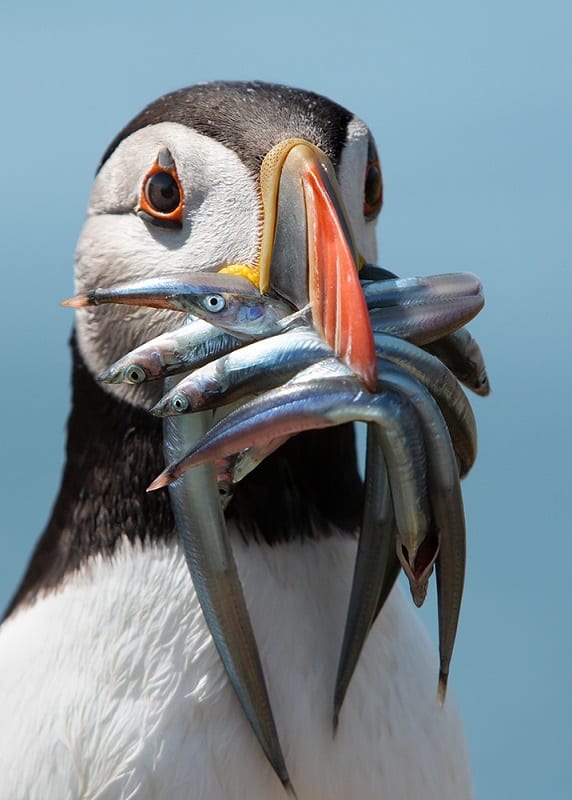
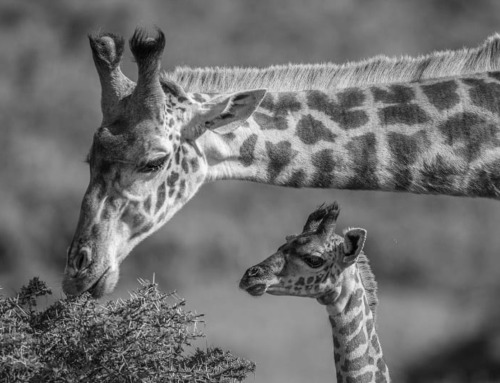
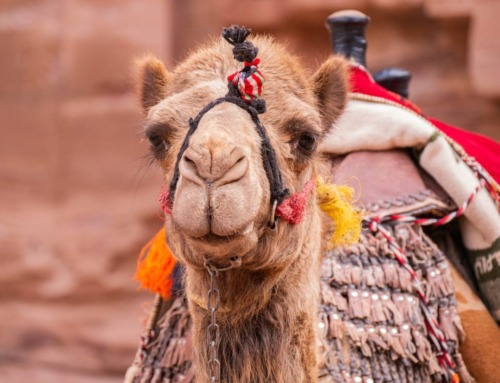
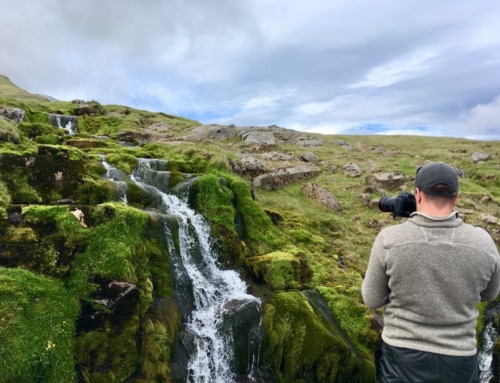
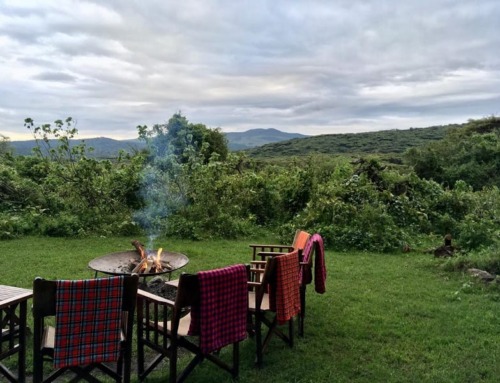
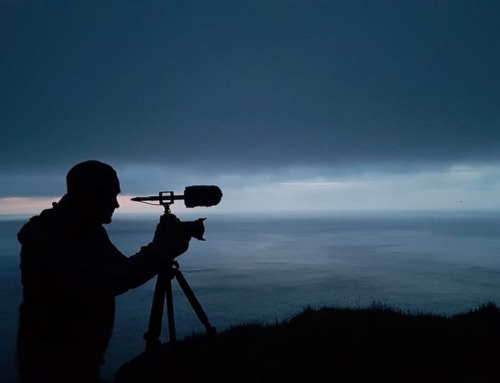
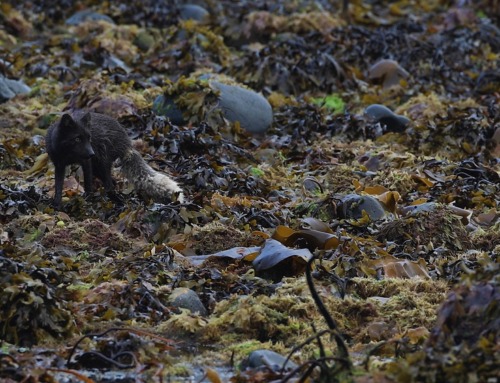
Love these photos! Thanks for posting about such an important topic. I think there are many photographers/people who don’t even realize baiting is necessarily a bad thing, so it’s great that you’re raising awareness about it.
Thanks so much, Kelsey! And thank you for contributing – your photo is amazing :) Absolutely, we hope this helps to raise awareness that we can get even better photos without potentially harming wildlife in the process.